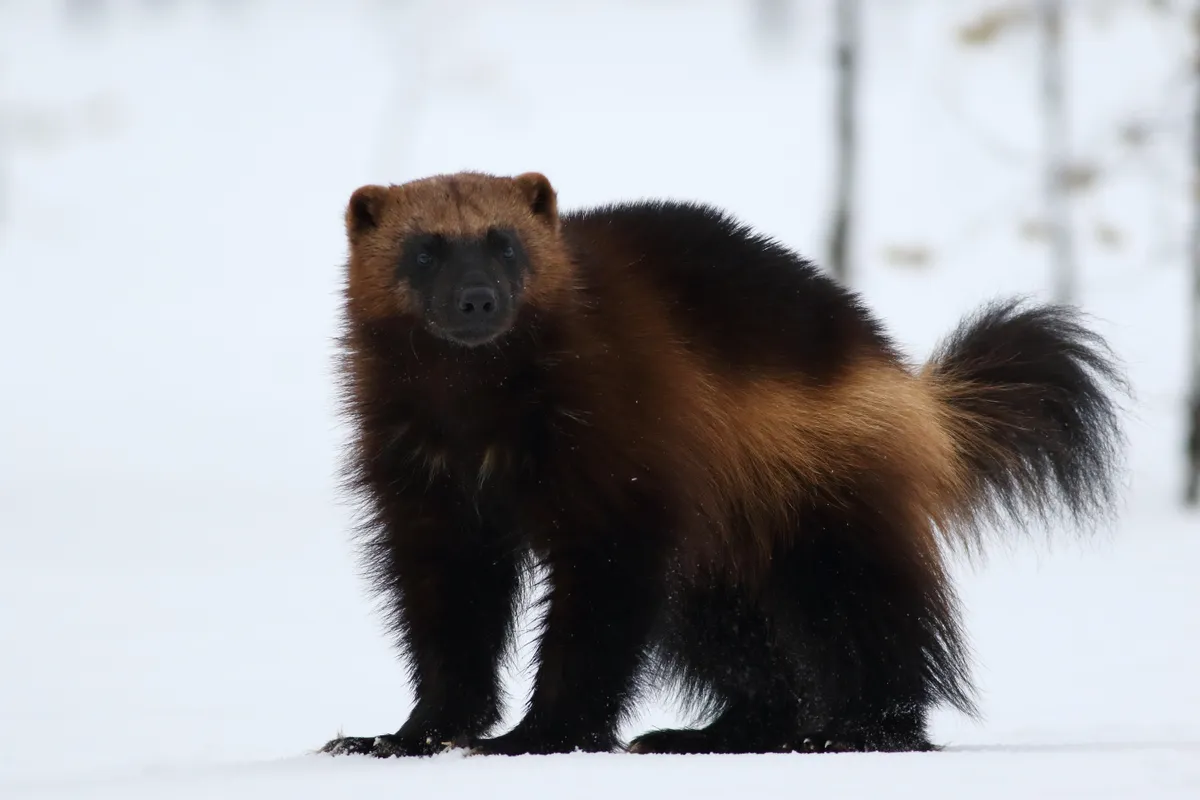When is Weasels: Feisty and Fearless being aired on TV?
The episode airs on Friday 25 October, at 8pm on BBC Two.
What is Weasels: Feisty and Fearless about?
Natural World is BBC Two’s flagship wildlife series. Each episode tells the story of one particular subject, species, or group of animals. This latest episode focuses on the mustelid family – from the elusive pine marten, to the giant river otter, they are amongst the most diverse animal groups.
Mustelids are also amongst the most understudied animals, with perhaps one of the most undeserved reputations.
Often thought of as sly and sneaky animals and cast as villains, they are seen as symbols of bad luck in many cultures.
This film will reveal the fascinating true nature of weasels, uncovering touching family dynamics, impressive hunting abilities, and surprising intelligence.

Test your ID of mustelids in Britain with our quiz:
Who will be featured on Weasels: Feisty and Fearless and who will be narrating?
This episode will feature various weasel experts, carers, and enthusiasts, including conservationists, animal behaviour scientists, and a wildlife photographer.
It will be narrated by Dame Julie Walters, an award-winning actress who has appeared in many stage, film and TV productions, including the Wood and Walters TV programme, the All My Sons play, the Mamma Mia films, and the Harry Potter film series.
Which species are featured on Weasels: Feisty and Fearless?
Here are the fascinating mustelid species that will be featured in the episode. In addition to weasels you can also look forward to seeing kestrels, hyenas, and wolves amongst others!
1
Stoat, Mustela erminea

A quick and ferocious predator, stoats can take on prey more than five times their size. They are known to eat rabbits, voles, mice and rats, as well as birds and their eggs. They can be found throughout the UK, but are elusive and avoid spending long in the open.
2
Common weasel, Mustela nivalis

Smaller than the closely related stoat, common weasels have a voracious appetite, eating a third of their own body weight daily. Like stoats they prey on rodents, rabbits, and birds. It is the smallest member of the order Carnivora.
Related content:
3
Honey badger, Mellivora capensis

Honey badgers are omnivores and opportunistic scavengers. Their name stems from their particular fondness for honey and honeybee larvae, but they also eat insects, amphibians, birds, and mammals, as well as roots, bulbs, berries, and fruits. In this episode scientists discover the honey badgers’ remarkable problem solving abilities.
Related content:
4
American pine marten, Martes americana)

One of the most arboreal and agile members of the weasel family, American pine martens live in the forests of Canada and the northern USA. They were once more widespread, but loss of forest habitats has restricted their range.
5
Wolverine, Gulo gulo

The largest land mustelid, the wolverine is a solitary and wide-roaming mammal. It has a reputation for ferocity and strength, due to its ability to kill prey many times its size, such as caribou. It is found mainly in remote boreal forests in the northern reaches of Europe, Asia, and North America.
6
European badger, Meles meles

Britain’s biggest land predator and one of our most iconic animals, this elusive mustelid is found throughout England, Wales, the Scottish mainland, and Northern Ireland. Badgers feed on small mammals, birds’ eggs, fruit, roots, bulbs, and earthworms. In fact, they can eat several hundred earthworms a night!
7
Common ferret, Mustela putorius furo

Common as pets, ferrets spend up to 90% of their time underground in the wild. The name ferret is derived from the Latin for “little thief”, likely a reference to their penchant for pilfering and stashing small items.
8
European pine marten, Martes martes

This shy and elusive mammal is now rare in the UK, mainly restricted to remote regions of Scotland. Recent conservation schemes have however reintroduced them into England and Wales in an attempt to re-establish populations there.
9
European otter, Lutra lutra

Otters are one of our top predators, feeding on fish, waterbirds, amphibians, and crustaceans. They are very territorial, protecting an area of up to 25 miles wide. They are excellent swimmers, helped by their webbed feet and dense fur, spending most of their time in our rivers, lakes, and streams.
Related content:
10
Giant river otter, Pteronura brasiliensis

The longest member of the weasel family, these huge otters can grow up to 5.6ft! They are a social species, living in family groups of 3 to 8 members. They can be found mostly in and along the Amazon river in north-central South America.
Related content:
11
Sea otter (Enhydra lutris)

These adorable otters are native to the coasts of the northern and eastern North Pacific Ocean. They are the only member of the weasel family that lives its entire life in the ocean, including while sleeping!
Sea otters are foragers that mostly prey on hard-shelled invertebrates such as sea urchins and clams. They smash these shellfish open using a rock upon their stomachs whilst floating on their backs.
Main image: A stoat featured in the episode. © Robert. E. Fuller

